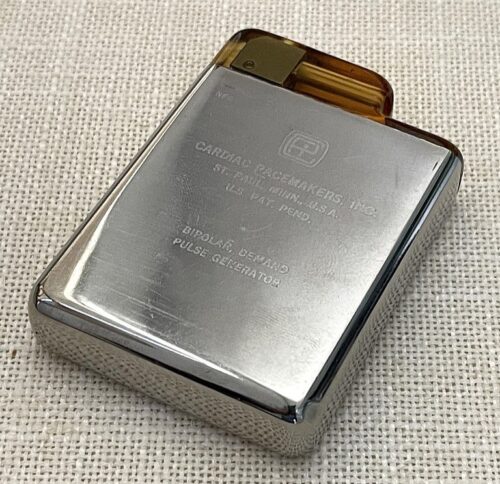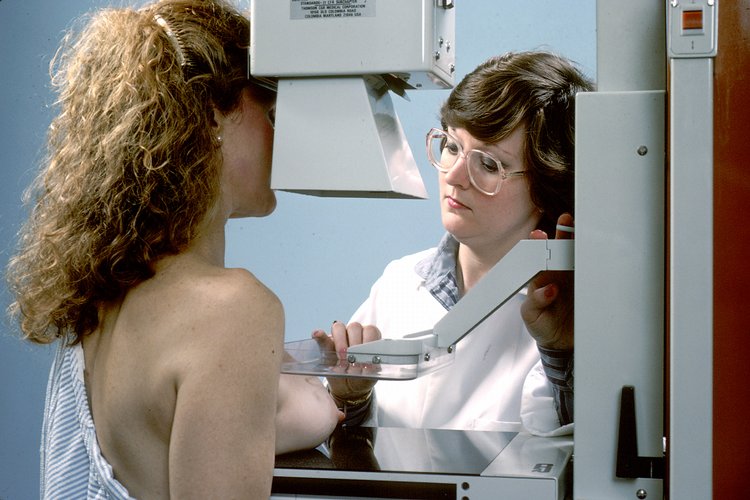The Central Intelligence Agency (CIA) has been at the forefront of technological innovation for over 75 years. The CIA’s Directorate of Science & Technology (DS&T) is tasked with collecting and analyzing information through technological means and developing technical systems to advance the CIA’s intelligence gathering. Over the years, the CIA has developed technologies so advanced, they are often decades ahead of what is being created in the private sector. Some of these technologies have been declassified and released to the private sector, benefiting the public at large. Here are a few examples:
Lithium-Iodine Battery
In the 1960s, researchers in CIA’s Directorate of Science and Technology created the lithium-iodine battery to improve the longevity and performance of surveillance equipment and reconnaissance satellites. Certain operational missions required long-lasting batteries of various shapes and sizes. In the early 1970s, the CIA passed the technology to the medical community where it was used in heart pacemakers. Today, most electronic devices, including pacemakers, cell phones, and digital cameras, rely on technology the CIA developed.

Google Earth
In February 2003, the CIA-funded venture-capital firm In-Q-Tel made a strategic investment in Keyhole, Inc., a pioneer of interactive 3-D earth visualization and creator of the groundbreaking rich-mapping EarthViewer 3D system. The CIA worked closely with other Intelligence Community (IC) organizations to tailor Keyhole’s systems to meet their needs. The finished product transformed the way intelligence officers interacted with geographic information and earth imagery. Users could now easily combine complicated sets of data and imagery into clear, realistic visual representations. The popularity of this technology eventually caught the attention of Google®, which acquired Keyhole in 2004. This technology is known today as Google Earth®.

Breast Cancer Detection
CIA’s advanced image-processing techniques used to identify missiles is also used to help fight breast cancer. In 1994, the CIA provided technology originally developed for the analysis of satellite imagery to the medical community to improve early detection of breast cancer. The CIA and its Intelligence Community partners developed computer programs that detected changes in aerial imagery to identify, for example, new roads or missile sites.

These are just a few examples of the many technologies the CIA has developed or helped to develop that have made their way out of the shadows and into the public sphere. The CIA continues to innovate and develop new technologies, some of which may eventually find their way into the public sector.
Resource
Central Intelligence Agency
CIA.gov
*The views and opinions expressed on this website are solely those of the original authors and contributors. These views and opinions do not necessarily represent those of Spotter Up Magazine, the administrative staff, and/or any/all contributors to this site.

